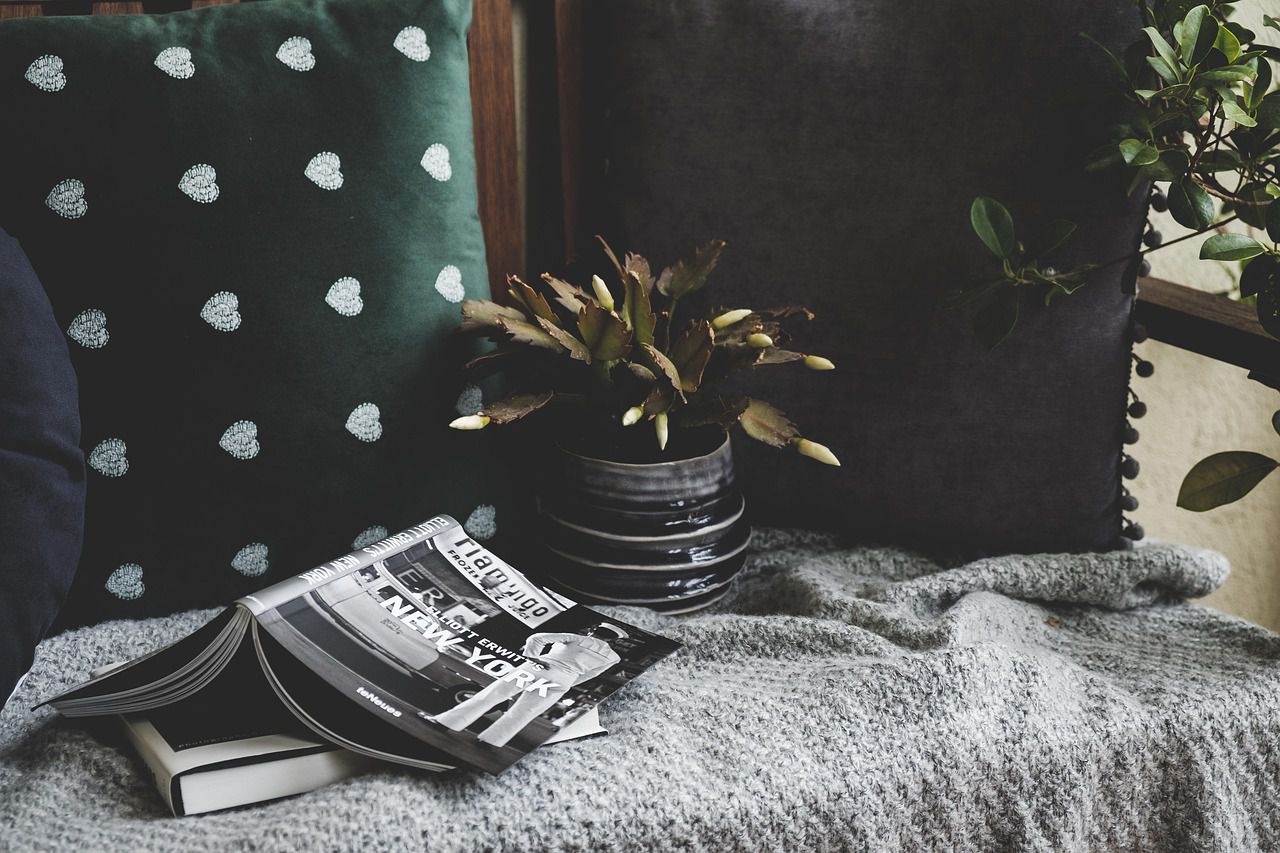Beautiful and stylish decorations can make your house look amazing - it's especially great for modern interiors and holiday celebrations.
Meanwhile, you can actually overuse them, so your house will feel cluttered and weird.
Here are a few signs that there are too many decorations in your house.
Decorative Density
When every available surface, from walls to ceilings to floors, is covered in decorations, leaving little breathing room or empty space.
Dust-Collecting Extravaganza
If your decorations have turned into dust magnets, necessitating frequent cleaning to keep them looking presentable.

Visual Overload
When entering a room feels like a treasure hunt as you navigate through a maze of decorations, making it challenging to focus on any one thing.
Theme Park Syndrome
If your home resembles a theme park with so many decorations that it feels like a funhouse rather than a place of comfort and relaxation.
Decor Diversion
When decorations become so prominent that they divert attention from essential features, such as structural elements, furniture, or architectural details.
Decluttering Dilemma
If decluttering or rearranging your decorations feels like a never-ending project because of their sheer volume.
Impaired Functionality
When decorations hinder the functionality of rooms, making it difficult to use essential spaces for their intended purpose.
Obstacle Course Effect
If it feels like navigating through your home has become an obstacle course due to the abundance of decorations, making daily tasks more challenging.
Conclusion
Balancing your love for decorations with a comfortable and functional living space is essential.
If you recognize these detailed signs, it may be a good time to reevaluate your decor and create a more harmonious living environment.









